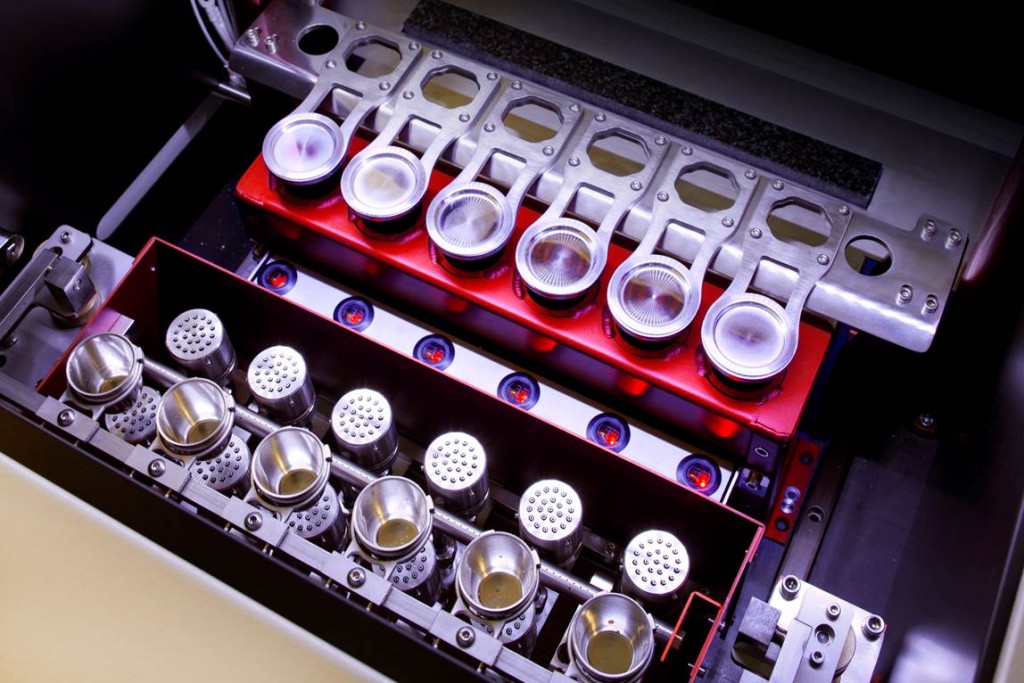Essential Components in ICP Torches
Inductively coupled plasma mass spectrometry (ICP-MS) is one of the most robust high-technology solutions for materials characterization and analysis. It is both sensitive and precise, with detection limits as low as the sub-parts per billion (ppb) range for cutting-edge laboratory applications. The specifications of most industrial users are satisfied with the detection and identification of elements at the parts per million (ppm) range. ICP subsequently exceeds the expectations of industrial sample analysis in terms of accuracy and analytical throughput.
Maintaining this analytical speed and precision requires careful maintenance of the individual components within ICP-MS devices. While there are many essential parts to every mass spectrometer, the heart of ICP analysis is the plasma torch used to ionize sample materials.
In this blog post, XRF Scientific explores ICP plasma torch components in more detail.
ICP Plasma Torches
A typical plasma torch comprises a series of concentric tubes which deliver streams of argon (Ar) gas to the unit. Part of this torch apparatus is surrounded by a radio frequency (RF) coil which generates a strong electromagnetic field. The final component of the torch is the Tesla unit that ignites the argon gas with a brief discharge arc, triggering ionization of the argon gas. These interconnected parts are used to generate a stable plasma source of approximately 7000K, into which, nebulized sample material is introduced and characterized via their atomic fluorescence.
Secondary, yet essential, components in a typical ICP mass spectrometer torch box include the bonnet and shield plate. The bonnet encapsulates the output of the tubes which is inserted into the RF coil. It is generally made of quartz due to the material’s extremely low thermal expansion coefficient and outstanding thermodynamic properties. The shield plate, meanwhile, is made of platinum (Pt).
ICP torch shields are engineered to fit between the plasma torch and bonnet with low tolerances. The reason the torch shield is made with platinum is due to the material’s low chemical reactivity at elevated temperatures. It is inert in the presence of argon irrespective of temperature. This guarantees a stream of high-purity argon gas is delivered through the RF coil and Tesla unit while providing a good mechanical barrier between the torch and the bonnet.
Deformation or damage to any one of these parts could affect plasma stability, and in worse cases, could hinder the ignition process. Plasma instability could introduce measurement inaccuracies while poor ignition performance could result in costly mechanical downtime. Correct maintenance procedures are required to ensure best operating performance and to reduce the risk of costly plasma torch repairs or component replacement.

Platinum ICP Products from XRF Scientific
XRF Scientific offers a wide selection of semi-finished plasma products for high-technology applications. We offer foils, sheets, ribbons, tubes, among others, and can assist in the design of custom components for numerous markets. If you would like to learn more about ICP, read our previous article: What is ICP Spectroscopy? Otherwise, contact us directly with any questions about our platinum products.









